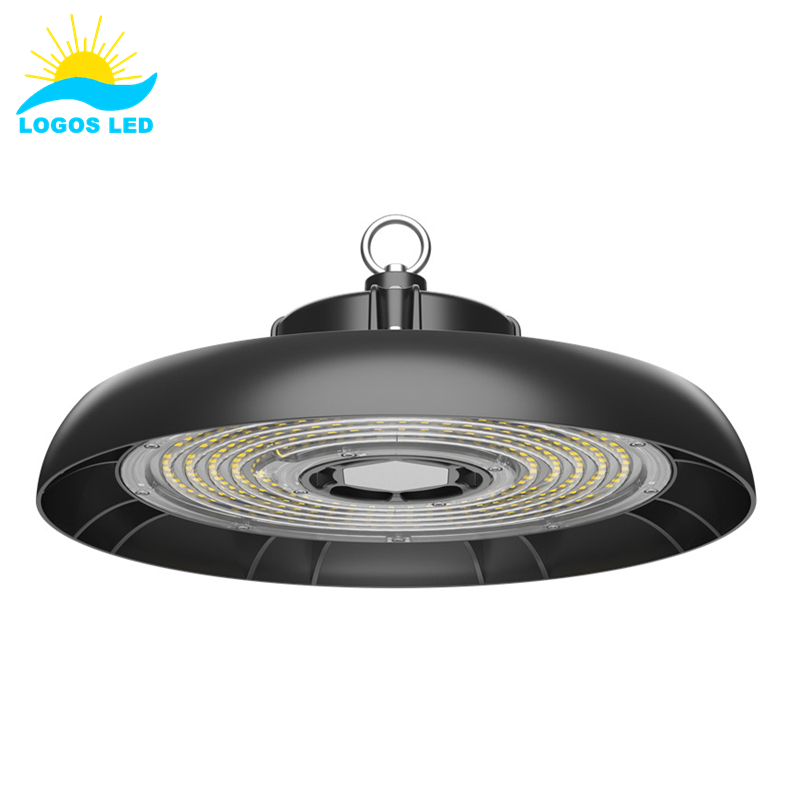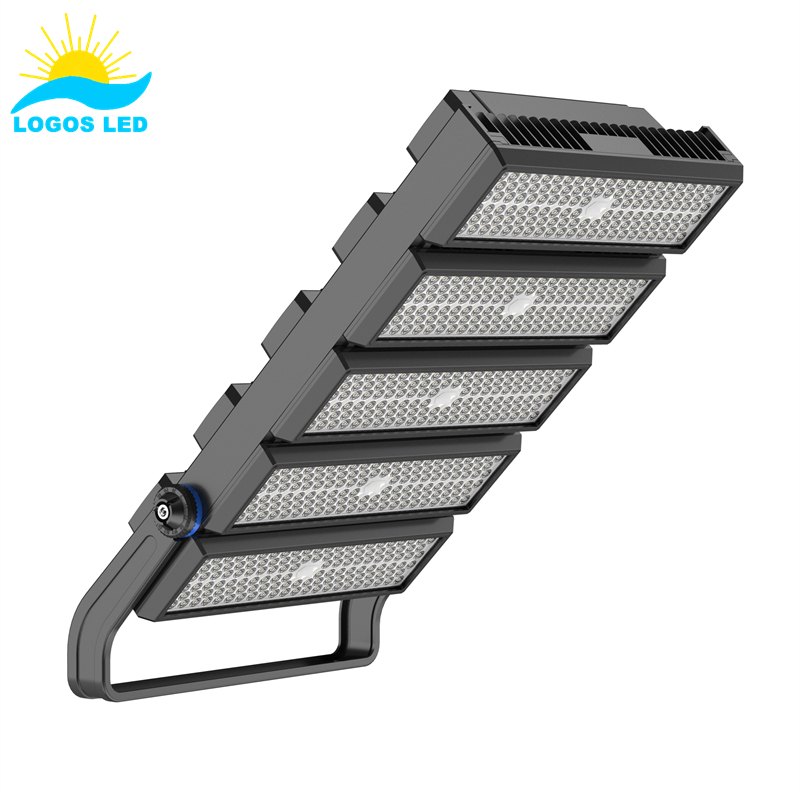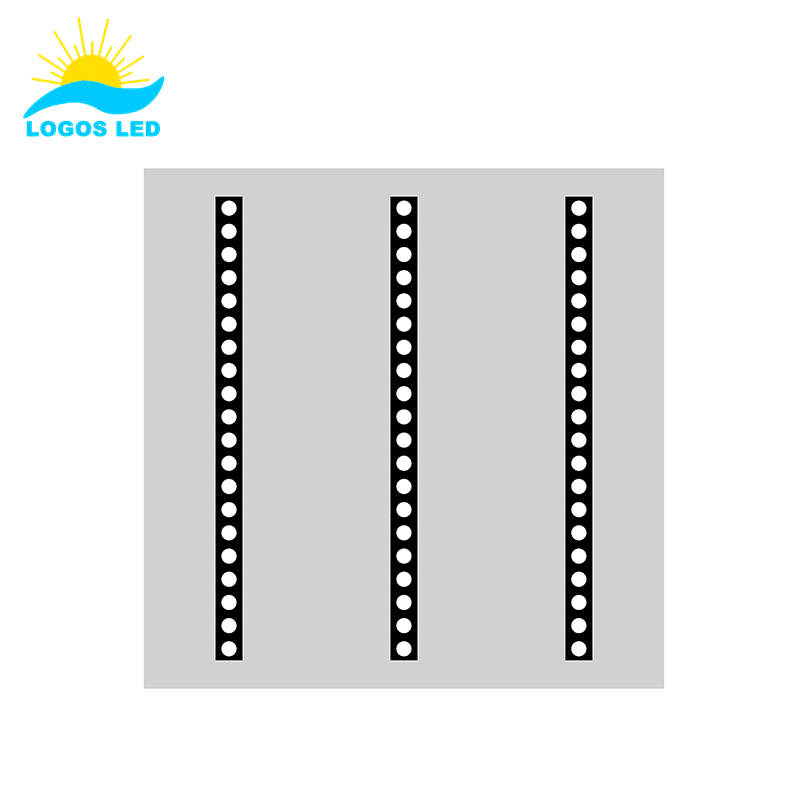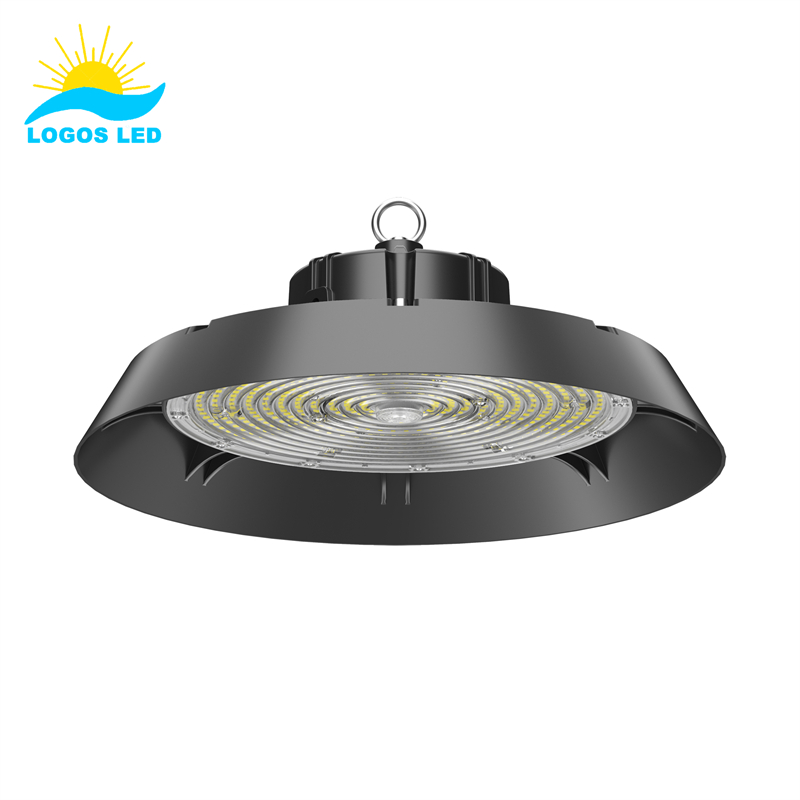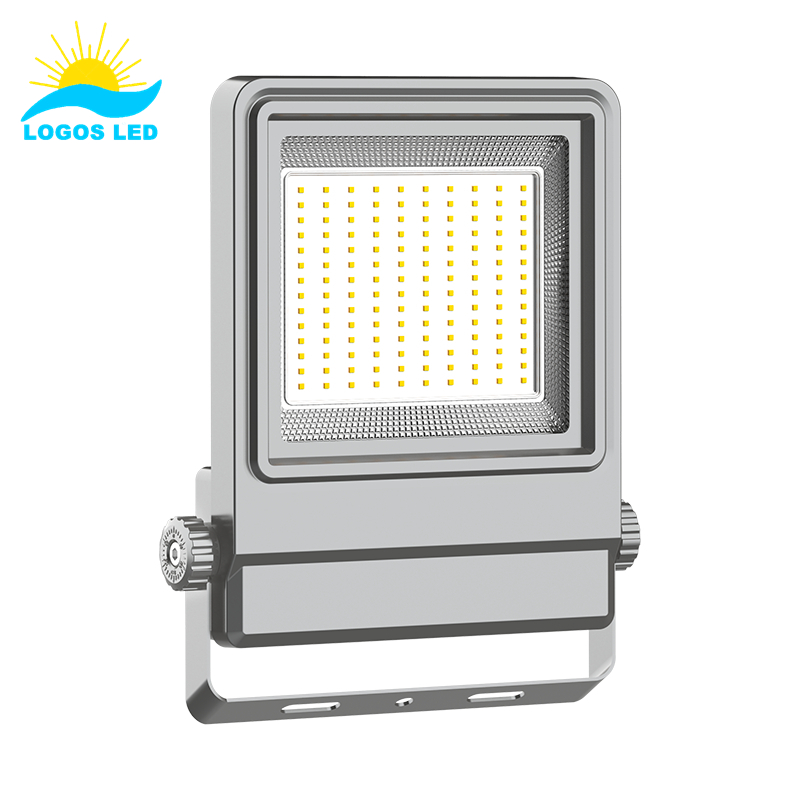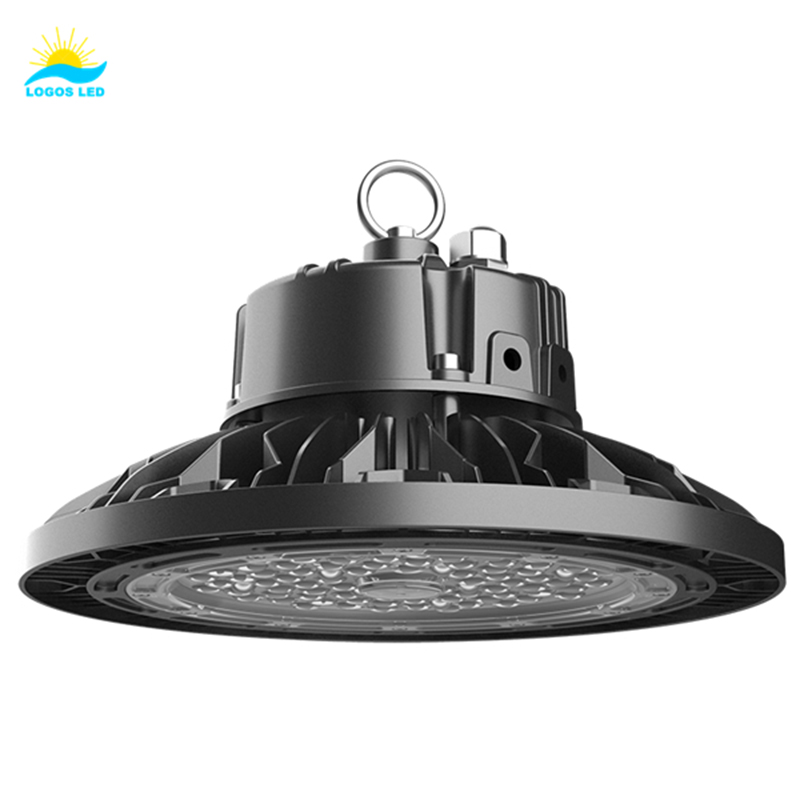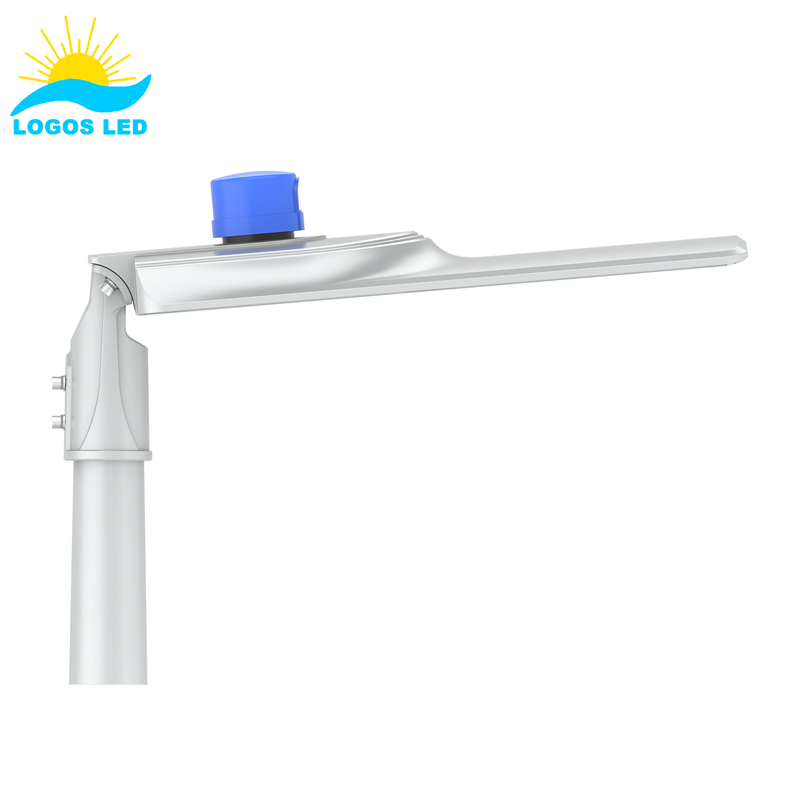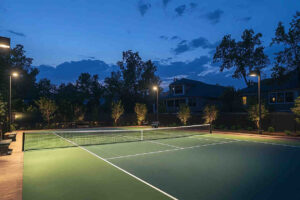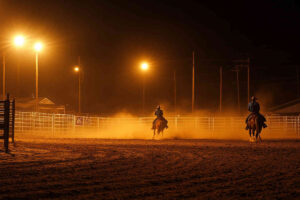Poor lighting can ruin a game, frustrate fans, and even cause injuries. Without the right stadium lights, visibility suffers, and safety is compromised. But with the right fixtures, you can ensure a brilliant, safe, and unforgettable experience.
Choosing the best stadium lights involves understanding key factors like brightness, uniformity, color temperature, and energy efficiency. LED stadium lights, such as 1000W and 1500W models, offer superior performance, longevity, and cost savings compared to traditional metal halide lights. They provide consistent illumination, reduce glare, and are ideal for various applications, from professional arenas to backyard fields.
Let’s explore how to select the perfect lighting for your stadium needs.
Table of Contents
What Are Stadium Lights?
Stadium lights are powerful lighting fixtures engineered to light up large venues such as sports fields, arenas, racetracks, and concert stadiums. Their main job is to provide bright, even illumination over vast areas so that athletes, officials, and spectators can see clearly—regardless of the time of day.
These lights must meet strict standards for brightness, beam control, color accuracy, and flicker resistance, especially when events are televised. Poor lighting affects performance, safety, and the overall experience.
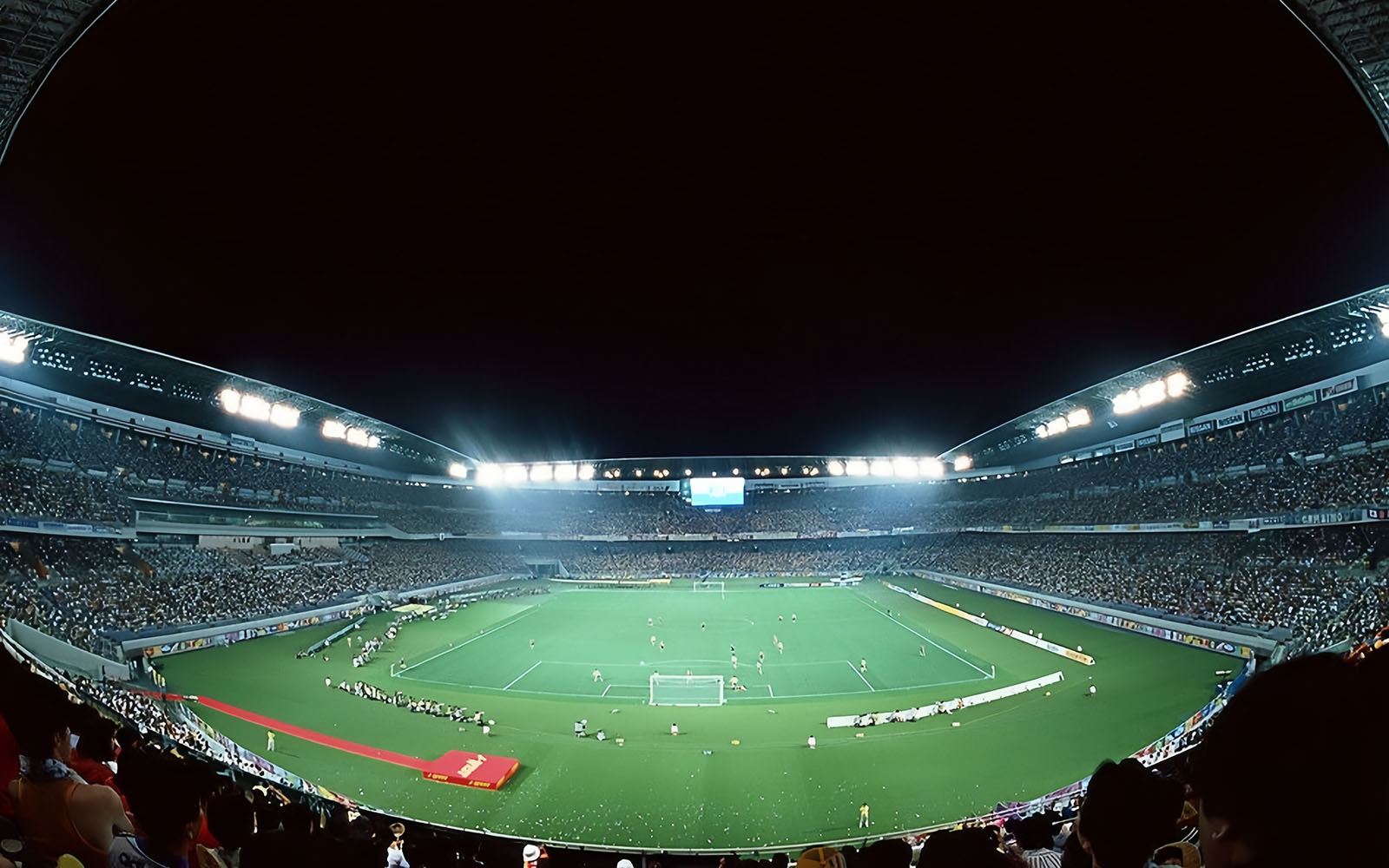
What Are the Standards for Stadium Lights?
Stadium lighting standards vary based on the level of play and type of sport. Key considerations include:
- Illuminance Levels: Measured in lux, different sports require varying brightness levels. For instance, professional football matches may need up to 2000 lux, while recreational games might require around 500 lux.
-
Uniformity Ratio: Ensures even light distribution across the field. A ratio of 0.7 or higher is desirable to prevent dark spots.
-
Color Temperature: Typically between 5000K to 6500K for outdoor sports, providing daylight-like visibility.
-
Color Rendering Index (CRI): A CRI of 80 or above ensures colors appear natural, crucial for broadcasting and player performance.
Design Guideline for Stadium Lights
Dimension of the Football Pitch
Before starting the lighting design, it’s vital to know the size of the pitch. A standard football field is about 105 meters long and 68 meters wide. Accurate dimensions ensure the right placement, beam angle, and wattage for even coverage and minimal shadows.
Light Arrangement
The way lights are arranged around the stadium makes a huge difference in performance and comfort.
- Symmetrical Layout: Lights are evenly distributed around the pitch, ideal for large, professional stadiums.
- Asymmetrical Layout: More lights on one side or end of the field, usually for smaller stadiums or training grounds.
Layout and Height of Poles
Pole height matters. Common pole heights range from 12 to 45 meters. Taller poles spread light over a wider area but need more powerful fixtures to keep brightness levels consistent on the ground.
- 12–20 meters: For small to mid-size fields
- 25–45 meters: For professional stadiums
Pole placement should also prevent shadows and overlap light beams properly.
Uniformity
Uniform lighting is critical to visibility and performance. Uneven lighting causes shadows and eye strain. Aim for a minimum to average illuminance ratio of at least 0.7. This ensures the field is evenly lit from sideline to sideline and goal to goal.
Glare
Glare reduction protects players’ vision and improves the spectator experience. Choose fixtures with proper optics and shielding. Always angle lights correctly to avoid direct beams hitting eyes or cameras.
Dimming
Dimming systems allow flexibility. Lights can be turned down for training sessions or non-event hours, saving energy. Smart controls help schedule brightness based on the event type or time of day.
Flicker
High-speed cameras need flicker-free lighting. LEDs designed for sports lighting typically have a flicker rate under 1%, making them perfect for live broadcasting in HD or 4K.
CCT (Correlated Color Temperature)
The color of the light influences how players see the field and how viewers experience the game. A CCT of 5000K to 6500K gives a cool, daylight-like white that enhances clarity and realism, even under night skies.
CRI (Color Rendering Index)
CRI measures how accurately light reveals colors. A CRI of 80 or higher ensures that team jerseys, flags, and the ball are easily distinguishable—important for both players and broadcasters.
By following these guidelines, stadium lighting can meet both practical needs and professional standards—delivering excellent visibility, safety, and atmosphere for players, referees, and fans alike.
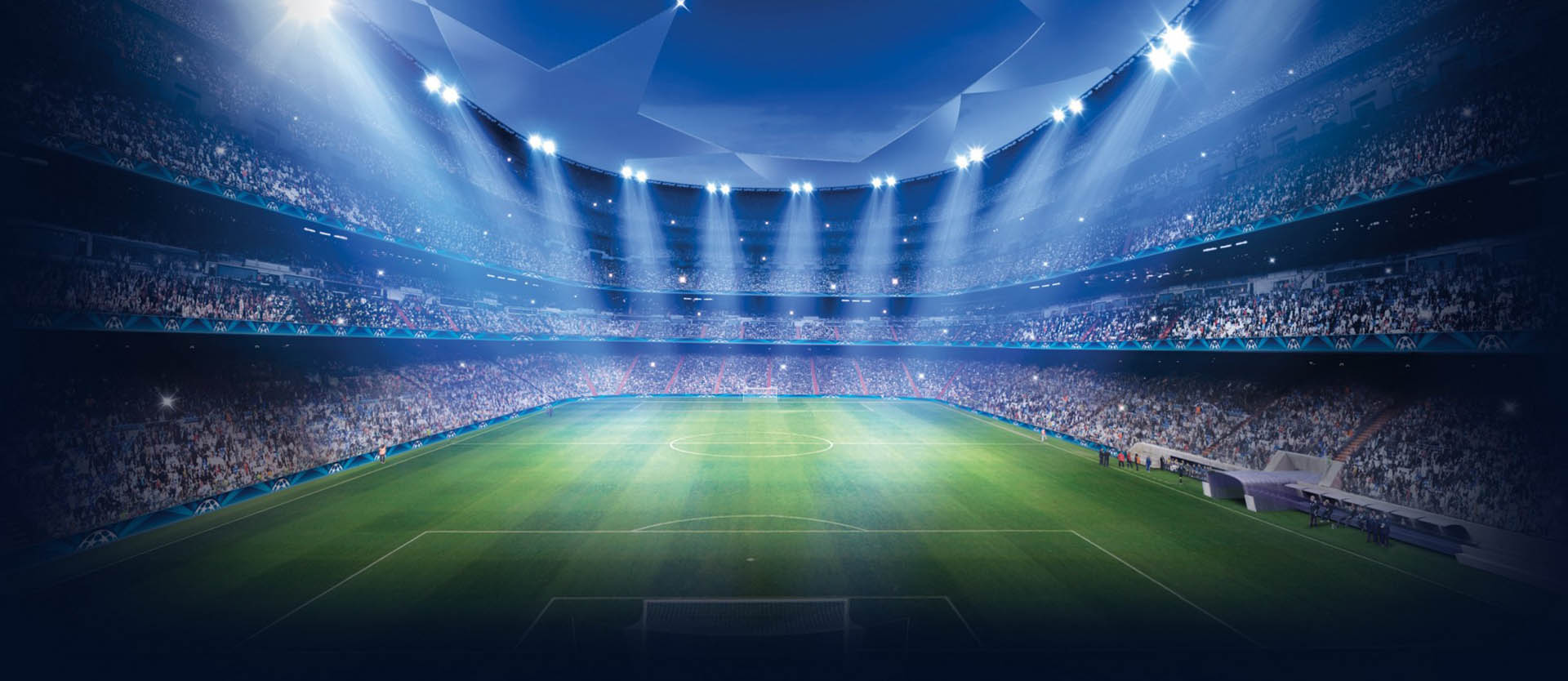
What Type of Light Is Used in Stadiums?
Modern stadiums predominantly use LED lights due to their efficiency and performance. Compared to traditional metal halide lights, LEDs offer:
- Instant On/Off: No warm-up time required.
-
Energy Efficiency: Consume less power for the same brightness.
-
Longer Lifespan: Reduce maintenance costs.
-
Better Light Quality: Higher CRI and customizable color temperatures.
Which Lamp Is Best Suited for Lighting an International Sports Stadium?
For international sports stadiums, high-wattage LED lights, such as 1000W or 1500W models, are preferred. They provide:
- High Lumen Output: Ensuring adequate brightness across vast areas.
-
Durability: Designed to withstand various weather conditions.
-
Advanced Optics: Offer precise light distribution, minimizing spill light.
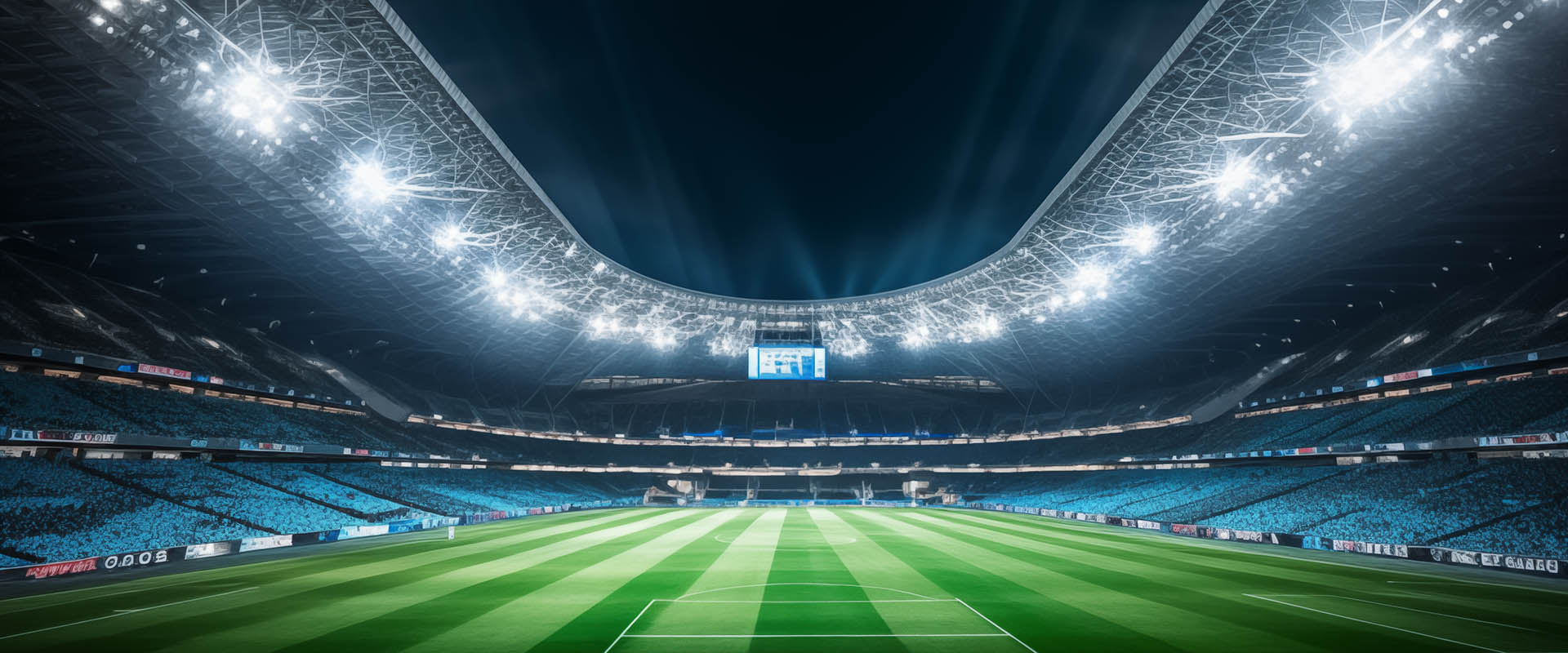
Best Stadium Lighting Fixtures Available
Several top-tier LED stadium lights are available in the market:
- 1000W LED Stadium Lights: Ideal for medium to large venues, offering around 130,000 lumens.
-
1500W or higher power LED Stadium Lights: Suitable for large stadiums, delivering up to 195,000 lumens.
-
Modular LED Floodlights: Allow customization based on specific field requirements.
When selecting fixtures, consider factors like beam angle, IP rating, and mounting options to ensure optimal performance.
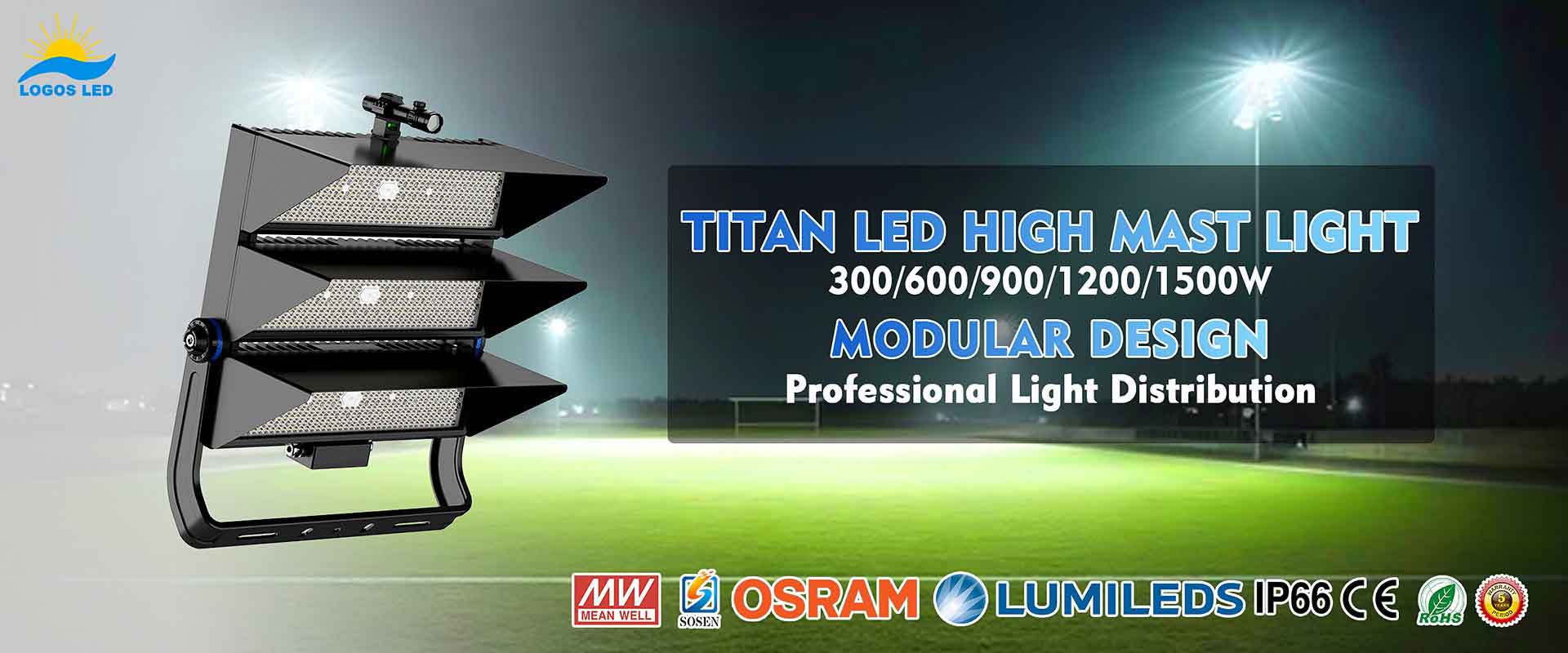
Application of Stadium Lights
Stadium lights are not limited to large arenas—they’re used across a wide range of venues that require high-performance, wide-area illumination.
- Professional Sports Arenas
Large-scale stadiums for football, soccer, baseball, and rugby rely on powerful LED floodlights to meet strict brightness and broadcast standards. These fixtures deliver high lux levels, excellent uniformity, and glare control for televised games. -
Educational Institutions
High schools, colleges, and universities use stadium lighting on football fields, soccer pitches, and running tracks. These systems ensure students can practice and compete safely during evening hours or in low-light conditions. -
Community Centers
Local sports complexes and municipal parks benefit from durable, energy-efficient lighting to support amateur leagues, public events, and community activities. Well-lit areas boost participation and safety. -
Backyard Fields
Even private homeowners with large properties or sports enthusiasts build custom fields. Compact stadium lights provide ample illumination for training or recreational matches, especially during fall and winter when daylight is limited.
In all these settings, well-designed lighting enhances visibility, safety, and the overall playing and viewing experience.
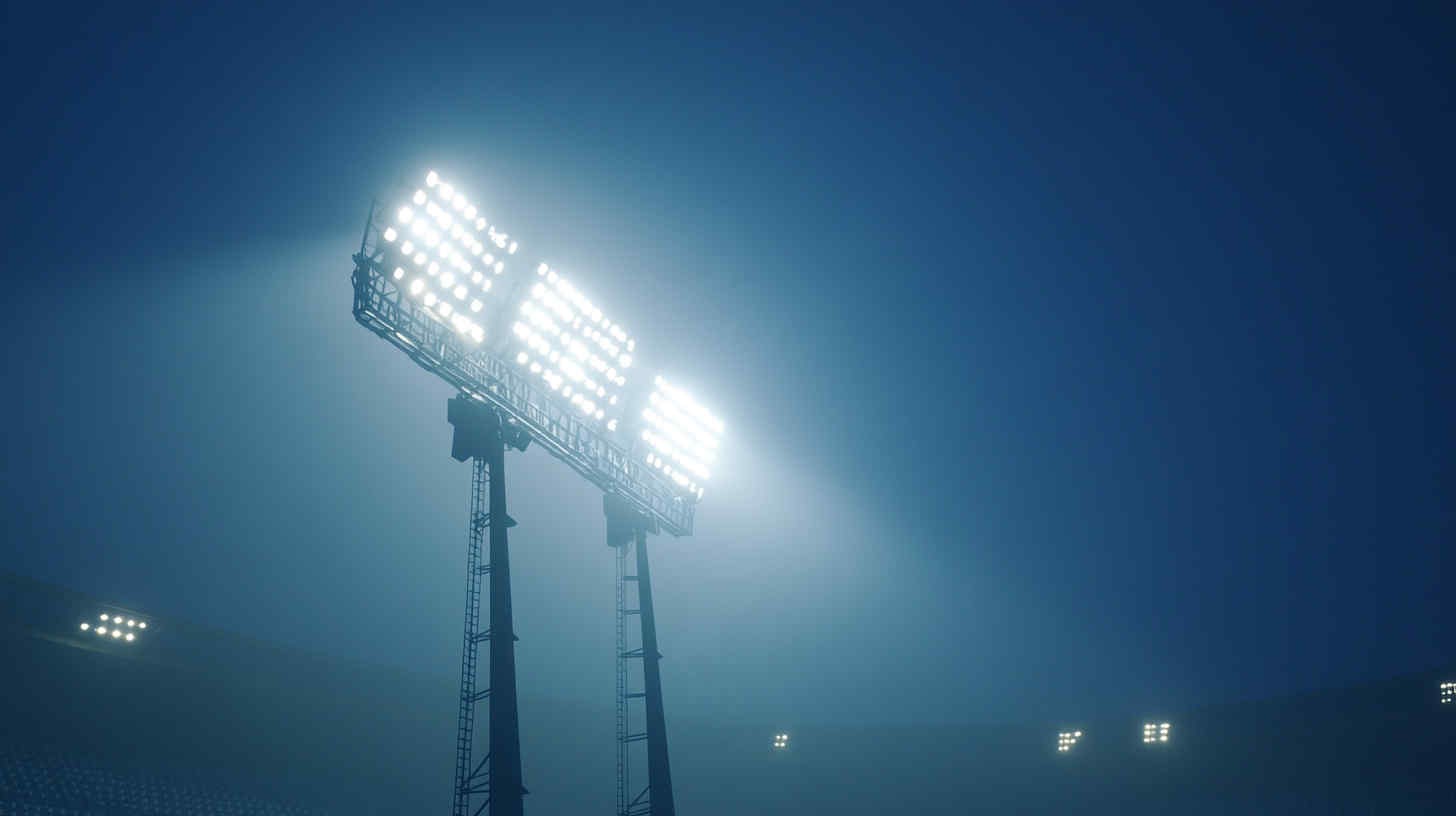
Conclusion
In conclusion, selecting the right stadium lighting involves understanding your venue’s specific needs and choosing fixtures that offer optimal performance, efficiency, and durability. At Logos Lighting, we specialize in providing top-quality LED stadium lights tailored to your requirements. Feel free to reach out with any questions or for personalized recommendations.
Contact us today to illuminate your stadium with the best lighting solutions!
Request A Free Quote Now!
Send us a message if you have any questions or request a quote. We will get back to you ASAP!



